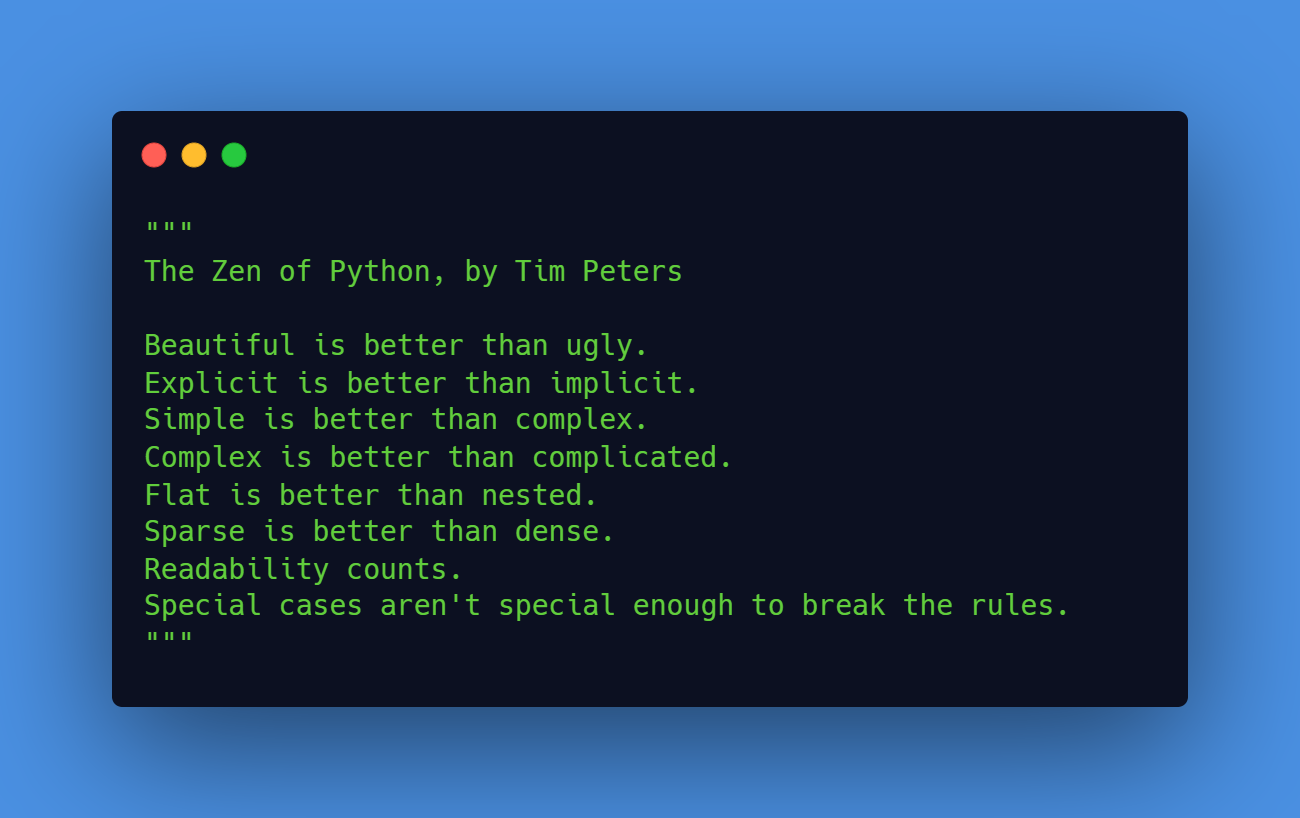If you’re using Python 3, you may have encountered the NameError: name 'xrange' is not defined error when running your code. This error occurs when you try to use the xrange function, which is not defined in Python 3. In this article, we’ll explain what xrange is, why it’s not defined in Python 3, and how to fix the error.
What is xrange in Python?
In Python 2, xrange is a function that returns an object that generates a sequence of integers. It’s similar to the range function in Python 3, but xrange generates the values on the fly, rather than creating a whole list of values at once. This can be more memory-efficient if you’re working with large ranges of numbers.
Here’s an example of how to use xrange in Python 2:
for i in xrange(10):
print(i)
Code language: PHP (php)This will print the integers from 0 to 9.
Why is xrange not defined in Python 3?
In Python 3, the range function was modified to behave like the xrange function in Python 2. The xrange function was removed completely, and the range function was made more efficient and capable of handling large ranges of numbers.
As a result, if you’re using Python 3 and you try to use the xrange function, you’ll get a NameError saying that xrange is not defined.
How to fix the “NameError: name ‘xrange’ is not defined” error
To fix the “NameError: name ‘xrange’ is not defined” error, you need to replace xrange with range in your code. Here’s an example of how to do this:
# Python 2 code
for i in xrange(10):
print(i)
# Python 3 code
for i in range(10):
print(i)
Code language: PHP (php)In Python 3, the range function behaves the same way as the xrange function did in Python 2. It returns an object that generates a sequence of integers on the fly, rather than creating a whole list at once.
Conclusion
If you’re getting the “NameError: name ‘xrange’ is not defined” error in Python, it means that you’re trying to use the xrange function, which is not defined in Python 3. To fix the error, simply replace xrange with range in your code. The range function in Python 3 behaves the same way as xrange did in Python 2, so your code should work as expected.

Leave a Reply